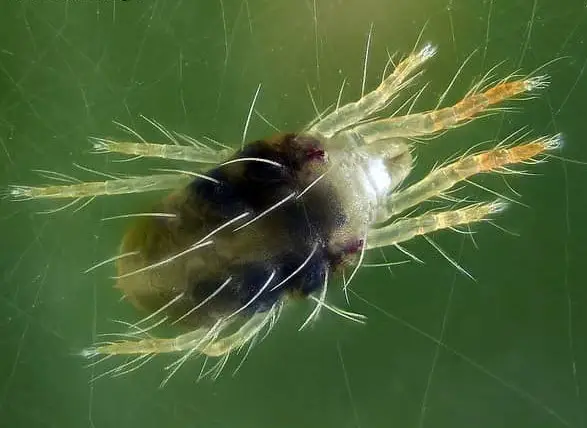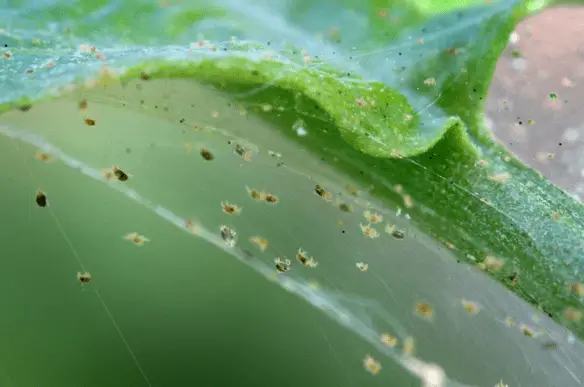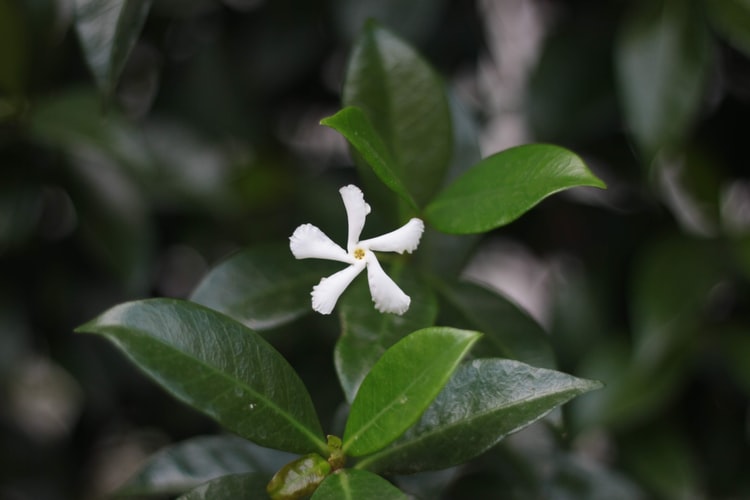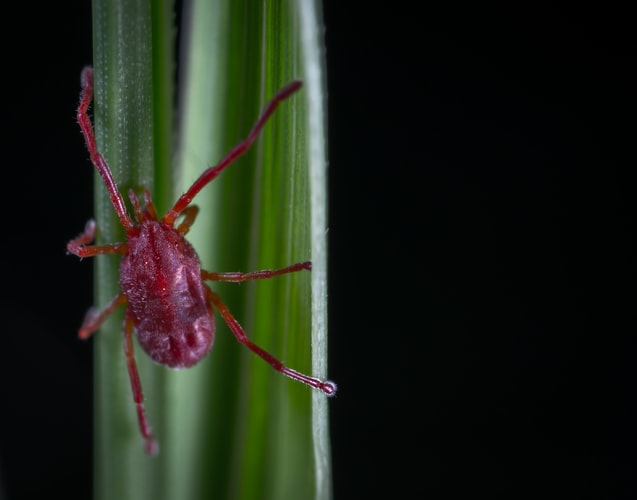Mints are essential herbs that can be found in most households. I have been growing mints for as long as I remember. They just make your garden look much more esthetic and smell very refreshing.
I understand how frustrating it can be to have one of your plants looking unhealthy. But do not worry, mints are easy to deal with and their problems are usually fixable.
There are a few possible reasons why mint leaves may turn brown and pale. In this article, I will introduce to you the causes and how to treat and prevent this issue from ever happening again.
Related article: Why You Should Plant Mint
Table of Content
- Overwatering or Underwatering.
- Too Much or Too Little Direct Sunlight.
- Lack of Nutrients
- Pest & Diseases.
Over-watering or under-watering results in the browning of the mint leaves
One of the main reasons why your mint plant is showing brown and pale symptoms is because it is either lacking water, or you’re overwatering it.
For a fact, mints like moisture; and that is why they need to be watered regularly to maintain their leaves hydrated, healthy, and fragranced. Though, if the soil dries completely, the leaves may become brown and wilt. The same goes for when you overwater it, the leaves turn brown and the plant develops root rot.
Read more about root rot: What Is Root Rot, Causes, Treatments, & How to Prevent It
During summertime, when the temperature is high and the weather is dry, you need to water your mint plant daily. Especially if you are placing it in a sunny spot.
Additionally, since all plants go through the photosynthesis process, they require less water during winter. That is because the days become shorter, which means less light. Therefore, plants do not consume much water.
So, for outdoor mint plants, you generally do not need to water them as often. Only once a week should be enough. You’ll need to keep the soil moist but not over-logged.
In case you have an indoor mint plant, you should only water it twice a week. This, of course, depends on the weather you live in. Or, again, just keep the soil moist and do not allow it to dry out.
Related article: Causes of Black Mint Leaves & Treatment Methods
Too Much or Too Little Direct Sunlight Can be Very Harmful To Mint Plants
Mints generally prefer partially shaded places. Too much direct sunlight will cause the leaves to scorch and turn brown.
They require a decent amount of light during the day. That is why in winter, the majority of plants shut down and come back to life during spring when the days become longer.
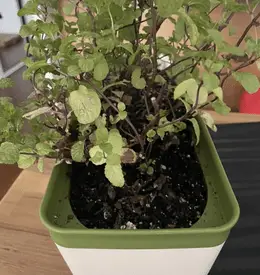
Lack of Nutrients
Another common reason why mint plants are turning black and pale is the lack of nutrients. Like any other alive creature, nutrients are necessary for healthy growth. When mints are lacking fertilizer, they start showing these symptoms as well.
It is important to sure to fertilize your mint plants regularly to ensure that they have access to the nutrients they need to stay luscious and green.
Pests & diseases cause the mint leaves to become pale and brown
Pests, such as spider mites and aphids, can also be a cause for brown and pale leaves. It is important to inspect your mint plant each now and then for any kind of pest to be able to control them on time.
Read more about spider mites and aphids: How to Treat Spider Mite From Indoor and Outdoor Plants & Causes of Aphids and How to Treat & Prevent Them Naturally
Diseases, such as powdery mildew and root rot, also cause the mint leaves to turn brown and pale. However, I must mention that when mint plants are diseased, it can be very hard to save them. Especially if we don’t spot the disease on time.
Mints are very sensitive to fungal diseases, so they might eventually end up dying. It is also worth mentioning that the majority of fungal diseases are caused by excessive watering, such as root rot. That is why we always need to water our plants only when we notice that the top inch of the soil is dry.
I hope this information was helpful. If you’d like to get more informative articles about all types of plants, please subscribe to our weekly newsletter and follow our socials:

